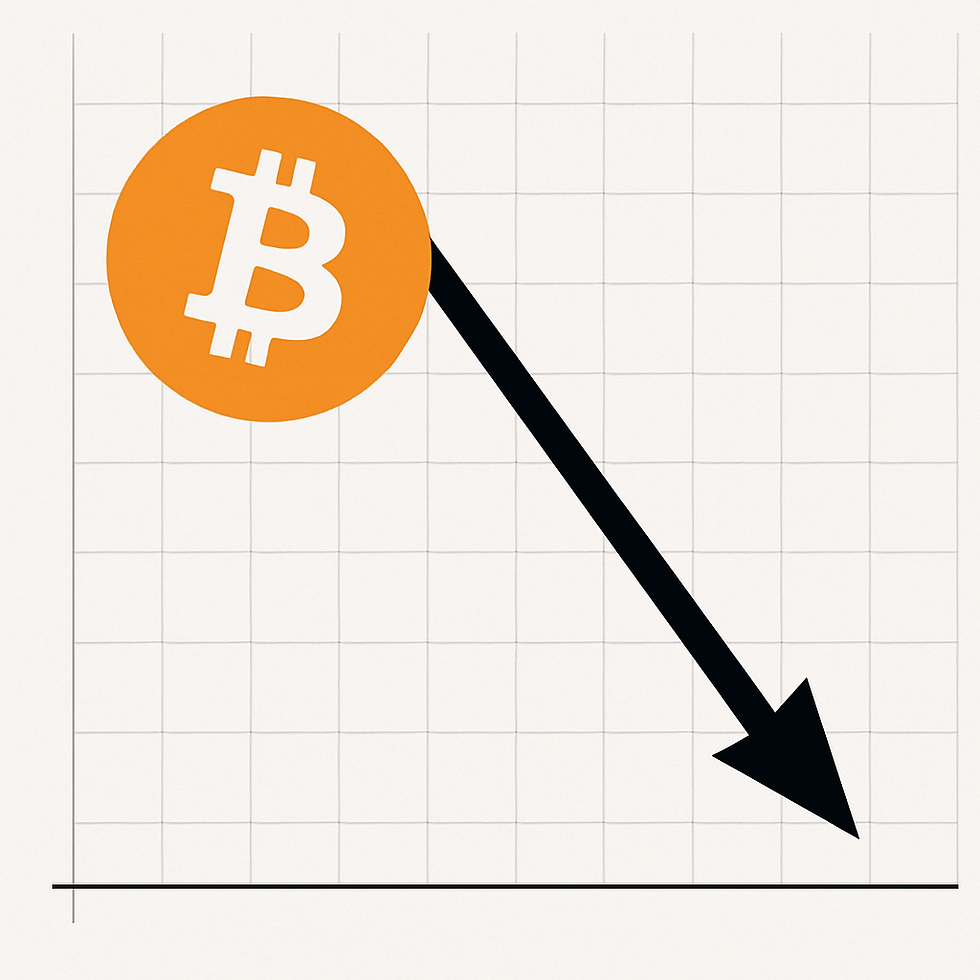Justice Refined: The True Meaning of “An Eye for an Eye”
- WireNews

- May 15
- 3 min read
by Ram ben Ze'ev

As we read Parashat Emor this Shabbat, a verse emerges that often draws attention: “עין תחת עין” — “An eye for an eye” (ויקרא (Vayikra) 24:20). To those unfamiliar with the soul of Torah, these words may appear severe. Yet to those who live by the light of Torah and the wisdom of our Sages, this phrase represents a refined, measured, and compassionate system of justice—unlike anything devised by man.
Justice, but Not as the Nations Imagine
Centuries before the giving of the Torah, ancient kings codified laws for their empires. One such example is Law 196 of the Code of Hammurabi, which reads: “If a man destroy the eye of another man, they shall destroy his eye.” This law was understood literally, and its application depended on the class of the individuals involved. A nobleman and a slave would receive different outcomes for the same act.
While this may appear similar in wording to the Torah’s “עין תחת עין,” the meaning and execution are fundamentally different.
Divine Wisdom vs. Human Rule
The Torah is not a collection of ancient customs. It is the Divine will revealed at Har Sinai to משה רבנו, and it cannot be compared to the legal codes of men. The phrase “an eye for an eye” in Torah has never been interpreted literally. As our חכמים (Chachamim – Sages) explain in the Gemara (Bava Kamma 83b–84a), this refers to monetary compensation, not mutilation.
The Torah demands that the offender pay for damages—medical costs, loss of income, pain, shame, and permanent injury—assessed by a qualified Beit Din (Jewish court). This is not vengeance. This is restoration. Not the rule of power, but the rule of holiness.
One Law for All
The Torah elevates all human beings, teaching that we are each created בצלם אלקים (b’tzelem Elokim – in the image of G-D). It states clearly:“You shall have one law for the stranger and for the native-born” (ויקרא (Vayikra) 24:22).
There is no hierarchy of justice in Torah—no separate outcome for the rich and poor, master or servant. All are judged by the same standard, under the gaze of the One True Judge.
The Real Meaning of עין תחת עין
That this phrase appears in Parashat Emor—a section filled with laws of קדושה (kedushah – holiness)—is not incidental. It reminds us that justice is not a human invention, but a Divine instruction. Torah justice is precise, compassionate, and uplifting. It seeks not merely to punish, but to heal, to restore balance, and to promote shalom.
Beyond Ancient Codes: Eternal Truth
Where ancient law codes like Hammurabi’s sought to control populations through fear and rigid hierarchy, the Torah teaches us that law is a means to draw closer to G-D. Its statutes are not remnants of tribalism or political necessity; they are expressions of the infinite wisdom of the Creator.
There is no comparison between what man invents and what G-D reveals.
Conclusion
This Shabbat, as we read “an eye for an eye”, let us hear what the Torah truly teaches: not revenge, but responsibility; not violence, but virtue.
The Torah’s laws are eternal, not because they are old, but because they are Divine. Their light continues to guide us—not as echoes of the past, but as the voice of G-D speaking into every generation.
>>>> BUY ME A COFFEE <<<<
###
Bill White (Ram ben Ze'ev) is CEO of WireNews Limited, Mayside Partners Limited, MEADHANAN Agency, Kestrel Assets Limited, SpudsToGo Limited and Executive Director of Hebrew Synagogue








